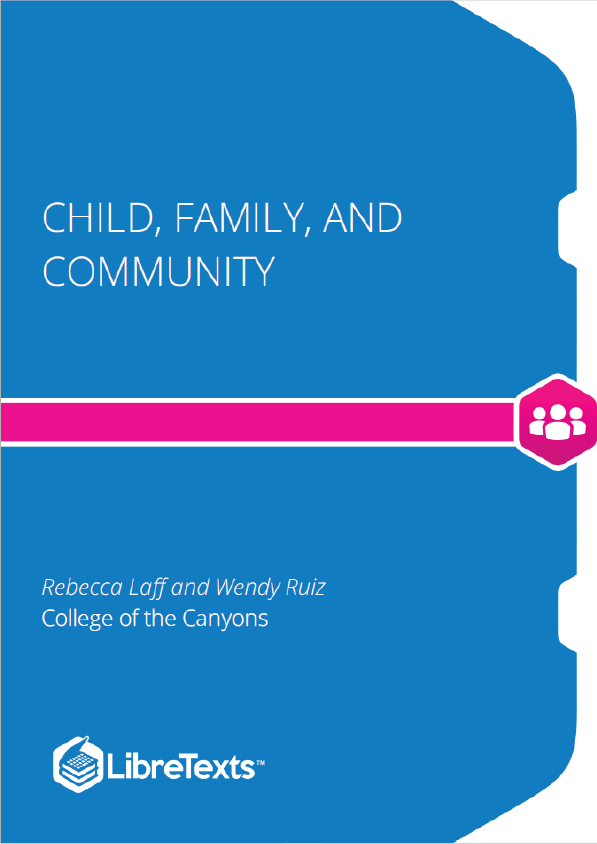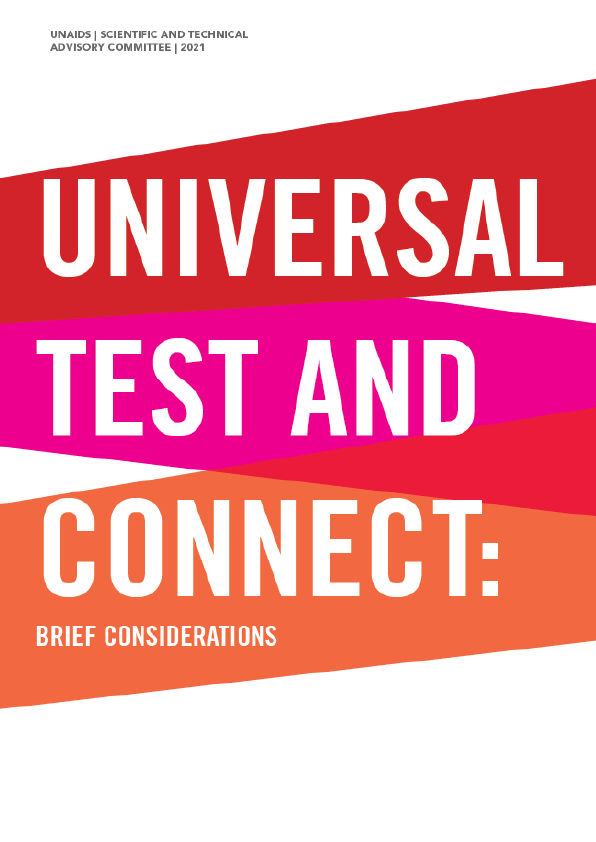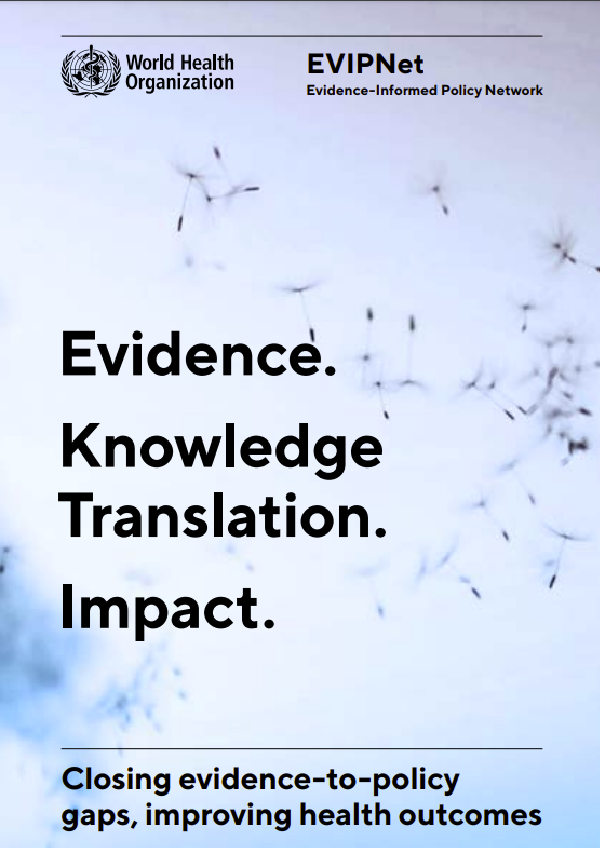Understanding children begins with a knowledge about developmental psychology. Several developmental psychologists have laid the foundation to provide a framework to examine, explain and interpret human behavior. Not one theory fully captures how the developmental process occurs for all children. This section briefly reviews important theories that will be discussed within different chapters of this text. The review of developmental theories will begin with a focus on theories that take into account culture.
Over the years researchers have found the necessity to develop theories of behavior that are specific to family settings. These theories have been developed by people with a variety of areas of emphasis, from family therapists to gerontologists to child development specialists. In this chapter we will briefly discuss six such theories: Bioecological Model, Family Systems, Functionalism, Conflict Theory, Symbolic Interactionism, and Psychological Perspectives.
Bioecological Systems Theory
One of the key theories we look to help explain influences on individuals and their families is Bronfenbrenner’s bioecological systems theory. A basic tenet of this theory (Bronfenbrenner & Morris, 2006) is that child and youth development is influenced by many different “contexts,” “settings,” or “ecologies” (for example, family, peers, schools, communities, sociocultural belief systems, policy regimes, and, of course, the economy).
The model is able to account for multiple face-to-face environments, or settings, within the microsystem of a person (for example, family, school, peers); how relations between settings (mesosystem) can affect what happens within them (for example, interactions between school and family); and how settings within which the individuals have no direct presence (exo- and macrosystem) can affect settings in their microsystems (for example, how parents’ experiences at their workplace affect their relationships within the family) (Bronfenbrenner, 1979). Thus, this model allows the analysis of the lives of people, “living organisms whose biopsychological characteristics, both as a species and as individuals, have as much to do with their development as do the environments in which they live their lives” (Bronfenbrenner, 1995, p. 8).
Microsystem
Microsystems impact a child directly. These are the people with whom the child interacts such as parents, peers, and teachers. The relationship between individuals and those around them need to be considered. For example, to appreciate what is going on with a student in math, the relationship between the student and teacher should be known.
Mesosystem
Mesosystems are interactions between those surrounding the individual. The relationship between parents and schools, for example will indirectly affect the child.
Exosystem
Larger institutions such as the mass media or the healthcare system are referred to as the exosystem. These have an impact on families and peers and schools who operate under policies and regulations found in these institutions.











